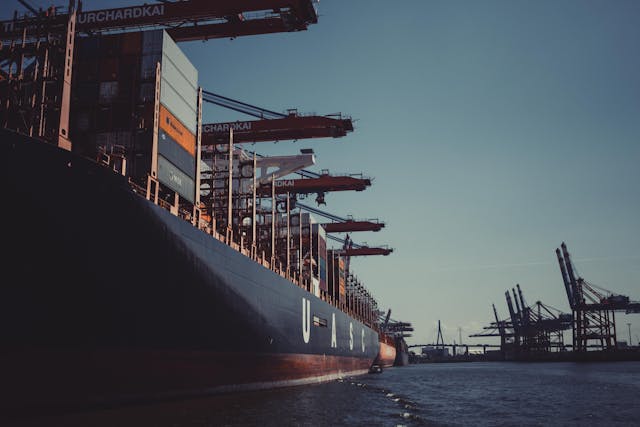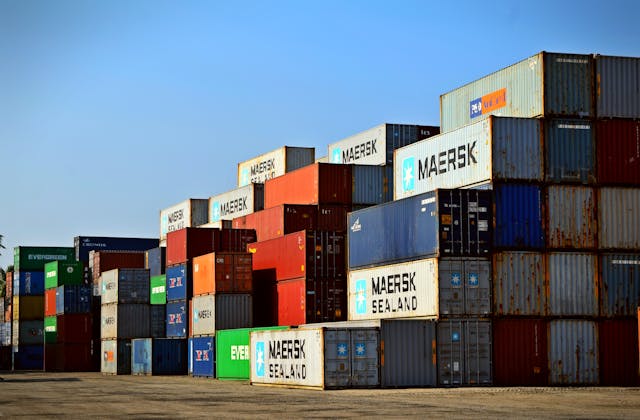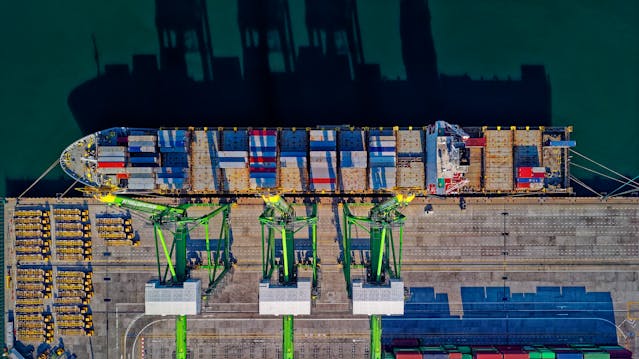Innovations in cold chain logistics in Southeast Asia have grown significantly within the last mile delivery sector, driven primarily by the burgeoning demand for pharmaceutical and grocery deliveries.
Cold chain solutions involve the careful management and transportation of temperature-sensitive products, such as food, pharmaceuticals, and vaccines, in controlled environments to ensure their quality and safety throughout the supply chain.
The Rise of Cold Chain Logistics
One of the key factors contributing to the increased demand for cold chain logistics in SEA is the rapid expansion of telemedicine and online pharmacies. According to Statista, the market value of telemedicine and online pharmacies in SEA has grown exponentially, soaring from USD 460 million in 2019 to over USD 1.2 billion presently.
This surge is propelled by the region's growing demand for convenient healthcare solutions and the improved technological infrastructure supporting the widespread adoption of telemedicine. Consequently, last mile logistics providers are critical in delivering medical supplies and equipment directly to patients' homes, creating new opportunities for logistics companies specializing in cold chain operations.
Similarly, the online grocery retail segment in SEA has experienced remarkable growth, with a market size estimated at USD 350 billion in 2021. Industry reports project a robust compounded annual growth rate (CAGR) of 11.7% over the next five years for online grocery spending in the region. The COVID-19 pandemic significantly accelerated this growth, tripling the sector's size, as consumers increasingly turned to online platforms for grocery needs. Even beyond the pandemic, the preference for online grocery shopping is expected to persist, driving sustained demand for last mile logistics services specializing in cold chain operations.
To capitalize on the burgeoning pharmaceutical and grocery delivery market, logistics companies must invest strategically in specialized assets, including refrigerated vehicles, temperature-controlled packaging, and cold storage facilities. Leveraging cutting-edge technologies such as Internet of Things (IoT) sensors and data analytics becomes essential to monitor and maintain optimal product temperatures during transport and delivery. These investments in cold chain infrastructure empower logistics providers to ensure product integrity and safety, meeting the stringent requirements associated with transporting temperature-sensitive goods.
Innovations in Cold Chain Logistics in SEA
The growing demand for cold chain logistics underscores the critical role of technology and innovation in SEA's last mile delivery sector. By integrating IoT sensors and data analytics into their operations, logistics companies can effectively monitor and manage the temperature conditions of sensitive products, mitigating the risk of spoilage or damage during transit. This technological integration enhances product safety and contributes to operational efficiency, enabling faster and more reliable deliveries of perishable items.
Furthermore, sustainable practices within cold chain logistics are gaining traction in SEA, aligning with the region's increasing focus on environmental, social, and governance (ESG) factors. Consumers are more willing to pay a premium for sustainable products, prompting businesses to adopt eco-friendly packaging and delivery solutions. Sustainable initiatives such as electric vehicles (EVs) for delivery fleets, recyclable or biodegradable packaging materials, and battery swapping technologies are becoming prevalent across the last mile logistics landscape in SEA, driving operational efficiency while reducing environmental impact.
To get insight into other industry trends emerging across Asia and the opportunities that players can capitalize on, subscribe to our newsletter here and check out these reports:







